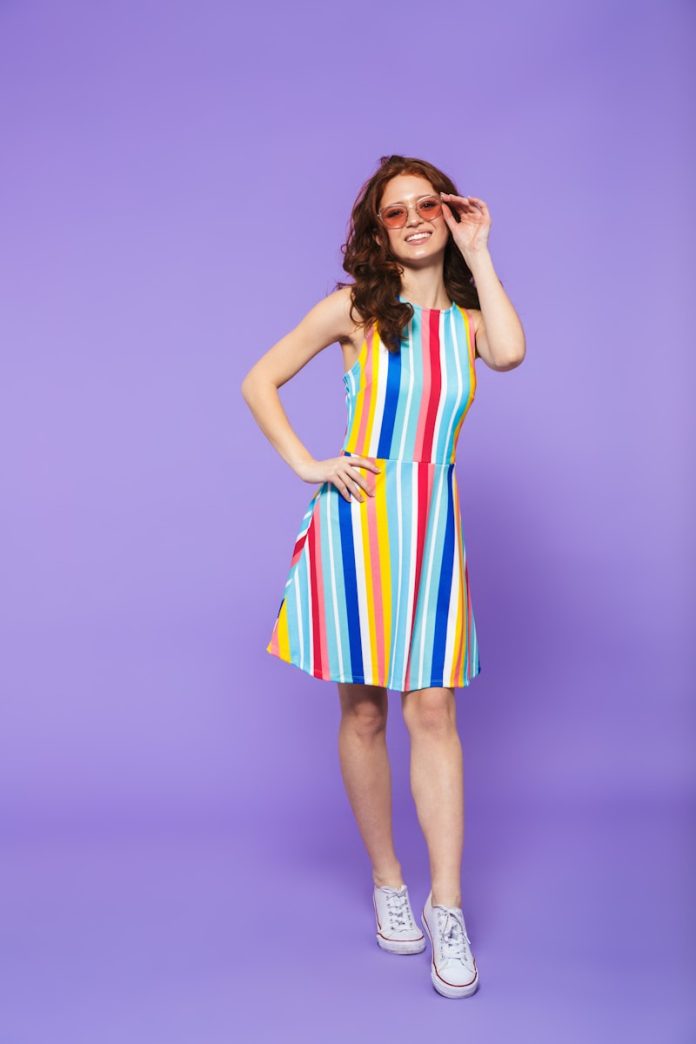The world of interior design is constantly evolving, and one of the most exciting ways to breathe new life into your living space is by incorporating trending colors into your home. Whether it’s a vibrant accent wall, a bold new piece of furniture, or subtle touches in your decor, the right colors can transform a room and create a fresh, modern feel. With the shifting nature of color trends each year, it can be a bit overwhelming to decide how to integrate them into your home in a way that feels timeless, yet current. In this guide, we’ll explore how to incorporate trending colors into your home, offering you the tools and insights to make bold design choices while ensuring your space feels like home.
Why Trending Colors Matter
Color has a profound effect on the way we experience a space. It can influence mood, make a room feel larger or smaller, and even alter how light is perceived. Trending colors are often reflective of broader cultural shifts and societal moods, and incorporating these colors into your home can make your space feel connected to the world outside. However, while following trends can keep your decor fresh, it’s important to remember that your home should reflect your personal style and be a place of comfort. That’s why blending trending colors with your existing aesthetic is key to achieving a balanced, welcoming environment.
Understanding the Psychology of Color
Before diving into the latest color trends, it’s useful to understand the psychological impact of color. Certain colors evoke specific emotions and moods, which is why they are such a powerful tool in interior design. Here’s a brief overview of how some popular colors can affect the atmosphere of your home:
Blue: Often associated with calm, peace, and tranquility, blue tones are great for bedrooms, bathrooms, and any space where relaxation is a priority.
Yellow: A bright, cheerful color, yellow promotes energy and positivity. It works well in kitchens, dining areas, and living rooms, but too much can overwhelm a space.
Green: Representing nature and growth, green hues bring a sense of balance and harmony. Ideal for living rooms or home offices, green encourages creativity and focus.
Red: Known for its intensity, red can spark passion and excitement. It’s perfect for accent walls or dining areas, but it’s important to balance it with more neutral tones to avoid overwhelming the space.
Neutrals (Beige, Gray, White): Timeless and versatile, neutral colors create a calming backdrop for any room. They allow other colors and decor elements to pop and are perfect for creating a sophisticated and understated look.
Step 1: Research the Latest Color Trends
The first step in incorporating trending colors into your home is to stay up to date on the latest trends. Color experts and design influencers predict color trends based on various factors, including cultural shifts, fashion, art, and even the global economy. Pantone, the renowned color authority, is often the go-to source for predicting colors of the year, with shades that reflect the mood of the times. In recent years, we’ve seen colors like “Living Coral,” “Classic Blue,” and “Very Peri” emerge as the top choices for design.
To incorporate trending colors into your home, keep an eye on sources like Pantone, interior design magazines, and social media platforms like Pinterest and Instagram, where design trends often emerge first. This will help you understand not just the colors that are trending, but also how they are being used in design. Once you know what’s trending, you can begin to envision how these colors might fit into your own space.
Step 2: Choose a Color Palette That Complements Your Home
While you may be eager to incorporate the latest shades into your space, it’s essential to choose colors that complement the existing design elements of your home. Consider your furniture, flooring, and the overall ambiance of the room before committing to bold color choices. The key is balance—bright, trendy hues can work well in smaller doses, while neutral colors often act as the foundation for a space.
For example, if your home features neutral tones like beige, gray, or white, introducing a trendy accent color like teal or mustard yellow can add energy without overwhelming the room. Alternatively, if you have darker furniture or walls, lighter, softer hues like pastel shades or muted greens can create a soothing contrast.
Step 3: Start Small with Accent Pieces
If you’re hesitant to completely overhaul a room with trendy colors, start small by introducing them through accent pieces. Pillows, rugs, throw blankets, and lampshades are easy ways to bring fresh colors into a space without making a huge commitment. These small additions can make a significant impact and can easily be swapped out if the trend fades or if you decide to try something new.
Accent walls are another great way to introduce trending colors. A single bold wall can create a dramatic focal point in the room, drawing attention without overwhelming the space. For example, if the trend is leaning toward rich, deep hues like emerald green or navy blue, applying this color to one wall can bring sophistication and depth to the room. Pair the accent wall with complementary neutral colors in the rest of the room to create balance.
Step 4: Consider Statement Furniture or Fabrics
For a bolder approach, consider incorporating trending colors into your furniture or fabrics. Whether it’s a velvet sofa in a deep shade of wine or a set of dining chairs in mustard yellow, statement pieces are a surefire way to make your space feel fresh and current. When selecting statement pieces, keep in mind the scale of the item. Large, bold furniture can dominate a room, so it’s important to balance it with neutral or subtle elements to avoid overwhelming the space.
If you prefer something less permanent, consider swapping out upholstery on existing furniture or introducing trendy textiles like throws, cushions, and curtains. These fabric elements are often easier and less costly to replace than large furniture items, making it a practical way to experiment with color while still staying within budget.
Step 5: Play with Color in Unexpected Places
If you’re ready to get more adventurous, experiment with color in unexpected places. The kitchen and bathroom, for instance, are often overlooked when it comes to color trends. However, incorporating trendy shades in cabinetry, backsplashes, or even bathroom tiles can completely transform these functional spaces. Pastels, for example, are making a comeback, with soft pinks, blues, and lavenders becoming popular choices for these spaces.
Another unique place to experiment with color is on your ceilings or floors. A painted ceiling in a soft blush or even a bold color can create an interesting focal point. For floors, consider painting a geometric pattern or using colorful tiles to add personality and flair to the room.
Step 6: Make it Personal
While trending colors can help your home feel current and stylish, it’s important to ensure that the space still feels like your own. Personal touches are what make a home truly unique. Integrate the colors you love and that resonate with you personally into your design choices. If a trending color doesn’t appeal to you, it’s okay to skip it and focus on tones that make you feel comfortable and at ease.
Think about how color can reflect your personal taste, lifestyle, and even your values. If you love natural materials, earthy tones like terracotta or sage green may feel more in line with your personality. If you’re drawn to minimalist design, cooler neutrals with pops of rich color might be the right fit.



